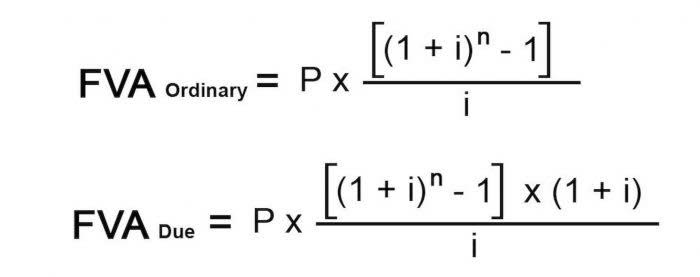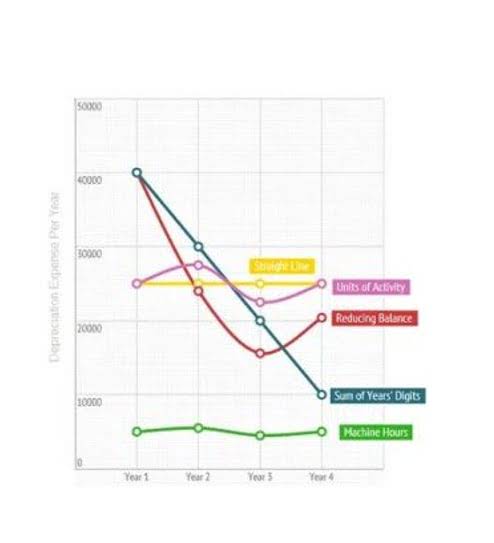Кто такой senior product manager значение профессии, плюсы и минусы, зарплата, отзывы
26/10/2021Using Undeposited Funds in QuickBooks Online
19/04/2022
In lending, the effective annual interest rate might refer to an interest calculation wherein compounding occurs more than once a year. In capital finance and economics, the effective interest rate for an instrument might refer to the yield based on the purchase price. If the central bank reduced interest rates to 4%, this bond would automatically become more valuable because of its higher coupon rate. While this is still higher than newly issued 4% bonds, the increased selling price partially offsets the effects of the higher rate. Interest expense is calculated as the effective-interest rate times the bond’s carrying value for each period. The amount of effective interest amortization method calculator amortization is the difference between the cash paid for interest and the calculated amount of bond interest expense.
How to use the effective interest rate calculator?
To obtain the proper factor for discounting a bond’s interest payments, use the column that cash flow has the market’s semiannual interest rate “i” in its heading. This column represents the number of identical payments and periods in the ordinary annuity. In computing the present value of a bond’s interest payments, “n” will be the number of semiannual interest periods or payments. Next, let’s assume that just prior to offering the bond to investors on January 1, the market interest rate for this bond increases to 10%. The corporation decides to sell the 9% bond rather than changing the bond documents to the market interest rate.
Bonds Issued at Par with No Accrued Interest
The lender must select one of the two alternatives and apply the method consistently throughout the life of the loan. Journal entries usually dated the last day of the accounting period to bring the balance sheet and income statement up to date on the accrual basis of accounting. This account is a non-operating or “other” expense for the cost of borrowed money or other credit. To calculate the present Bookkeeping for Veterinarians value of the single maturity amount, you discount the $100,000 by the semiannual market interest rate.

Time Value of Money
- The maturity amount, which occurs at the end of the 10th six-month period, is represented by “FV” .
- Amortised cost is the measurement method used for certain financial assets and liabilities.
- The effective interest rate is the rate that equates the present value of the cash flows from the loan or bond to its carrying value.
- Obviously the existing bond paying 9% interest in a market that requires 10% will see its value decline.
- The difference between the required cash interest payment of $6,000 in Column 3 ($100,000 x 6%) and the effective interest expense of $6,508 is the required discount amortization of $508 in Column 4.
In the case of the 9% $100,000 bond issued for $104,100 and maturing in 5 years, the annual straight-line amortization of the bond premium will be $820 ($4,100 divided by 5 years). Next, let’s assume that after the bond had been sold to investors, the market interest rate increased to 10%. The issuing corporation is required to pay only $4,500 of interest every six months as promised in its bond agreement ($100,000 x 9% x 6/12) and the bondholder is required to accept $4,500 every six months. However, the market will demand that new bonds of $100,000 pay $5,000 every six months (market interest rate of 10% x $100,000 x 6/12 of a year). The existing bond’s semiannual interest of $4,500 is $500 less than the interest required from a new bond.

The discount of $3,851 is treated as an additional interest expense over the life of the bonds. When the same amount of bond discount is recorded each year, it is referred to as straight-line amortization. In this example, the straight-line amortization would be $770.20 ($3,851 divided by the 5-year life of the bond). The account Premium on Bonds Payable is a liability account that will always appear on the balance sheet with the account Bonds Payable. In other words, if the bonds are a long-term liability, both Bonds Payable and Premium on Bonds Payable will be reported on the balance sheet as long-term liabilities. The combination of these two accounts is known as the book value or carrying value of the bonds.
Premium on Bonds Payable with Straight-Line Amortization
The interest rate represents the market interest rate for the period of time represented by “n“. In the case of a bond, since “n” refers to the number of semiannual interest periods, you select the column with the market interest rate per semiannual period. These interest rates represent the market interest rate for the period of time represented by “n“. The present value of a bond is calculated by discounting the bond’s future cash payments by the current market interest rate. Let’s assume that just prior to selling the bond on January 1, the market interest rate for this bond drops to 8%.

What Is the Difference Between the Effective Interest Rate and the Stated Interest Rate?
To perform the calculation for the daily interest rate, use the simple interest formula. For the nominal rate, the interest may get compounded monthly, quarterly, and semiannually. Therefore, the interest that’s earned throughout the year is higher than if it’s annually compounded. Bond discounts occur when investors only agree to pay a specific amount that’s lower than a bond’s face value. Bond premiums, on the other hand, occur when investors agree to pay an amount that’s more than the bond’s face value. The effective interest rate of 4%, compounded quarterly, is approximately 4.06% with a periodic rate of 1%.
Present Value of the Bond’s Maturity Amount
For example, assume a 10-year $100,000 bond is issued with a 6% semiannual coupon in a 10% market. Therefore, the bond discount of $5,000, or $100,000 less $95,000, must be amortized to the interest expense account over the life of the bond. The initial journal entry to record the issuance of the bonds, and the final journal entry to record repayment at maturity would be identical to those demonstrated for the straight-line method. However, each journal entry to record the periodic interest expense recognition would vary and can be determined by reference to the preceding amortization table.
